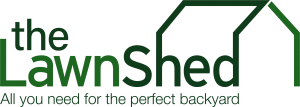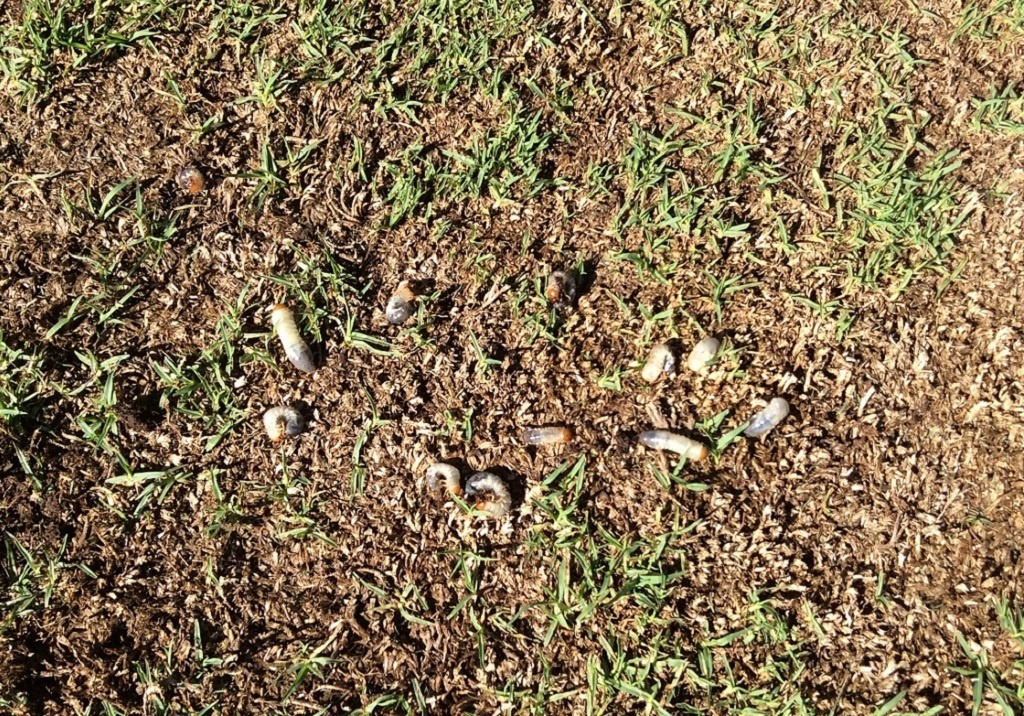There’s nothing worse than putting a tonne of tender love, care and maintenance into your backyard lawn, fertilising and watering it to perfection, only to see random brown spots or patches of damage with seemingly no cause. If you have no idea what’s behind the unsightly damage and fertilisers are coming up short, the problem might be turf pests. These pesky critters can lurk beneath an otherwise pristine tract of turf, turning your hard work into something less than lush. Our lawn genius takes a look at what they are and how to control turf pests
To keep your lawn looking its best and free from pests, let’s break down the kinds of pests you may have, what damage they can cause, and how to control turf pests for good.
What kind of turf pests are there?
First, here’s a quick rundown of the most common pests that might be lurking on your lawn:
- White curl grubs — These pesky critters are beetle larvae and the source of many a proud gardener’s lawn woes. Grubs have a distinct pale cream or white ‘C’ shaped body (hence their name), with a curved orangey-brown head and six legs, and they can grow up to about an inch long. Adult female beetles lay their eggs in the summer, so grubs can start to affect your lawn from spring onwards. The eggs will hatch and feed on the roots of your grass. A telltale sign of their presence is yellow or brown dried-out patches of grass that persist even with a regular watering schedule.
- Armyworm — Armyworms are caterpillar pests that primarily feed on soft leaf blades. In the event of there being a lack of green material, they will ‘march out’ in a straight line searching for food, hence the name ‘armyworm.’ Armyworm eggs are laid in batches of 5 to 30, glued together in the crevices of dried grasses, and take 6 to 20 days to hatch. The older and larger larvae cause the most significant lawn damage. The armyworm is a common garden pest in spring, summer and early autumn. The moths from the spring generation will migrate south to areas with greener pastures to lay more eggs, thus quickly becoming a spreading pest. You can spot them by chewed “scallop” marks on the edges of leaf blades or green or yellow pellets of caterpillar excreta left on leaves but the most common identifying feature is your lawn going brown in a matter of days, sometimes overnight.
What is the most common way to control pests?
Fortunately, once you identify these pests, you can effectively treat them. Some of the most common ways to control pests include:
- Healthy turf — Regular watering and fertilising keeps your turf dense and green. A healthy turf sward can sometimes hide an array of damaging pests, as it grows faster than the pests can damage the lawn. This is particularly effective when the numbers of pests are low but once numbers grow then it’s best to look at another way to control pests.
- Prevention — Set and forget lawn insect control insecticides, like Acelepryn, will control many turf pests such as African black beetle larvae, Argentinian scarab larvae, billbug larvae and multiple species of caterpillars.
- Curative- If you have a serious infestation of ants or Lawn Armyworm, we recommend trying our Fortune Ultra with fast knockdown chemistry to protect your lawn from further damage.
Don’t hesitate to reach out to us if you have any queries regarding the use of insecticides.
Need more lawn care tips? The Lawn Shed has you covered
If you have found our blog on how to control turf pests useful, dive into the rest of our resources for more informative material. We’ve got all the lawn care advice you could ever dream of, from our lawn genius to handy tips and tricks. Check it out today!

